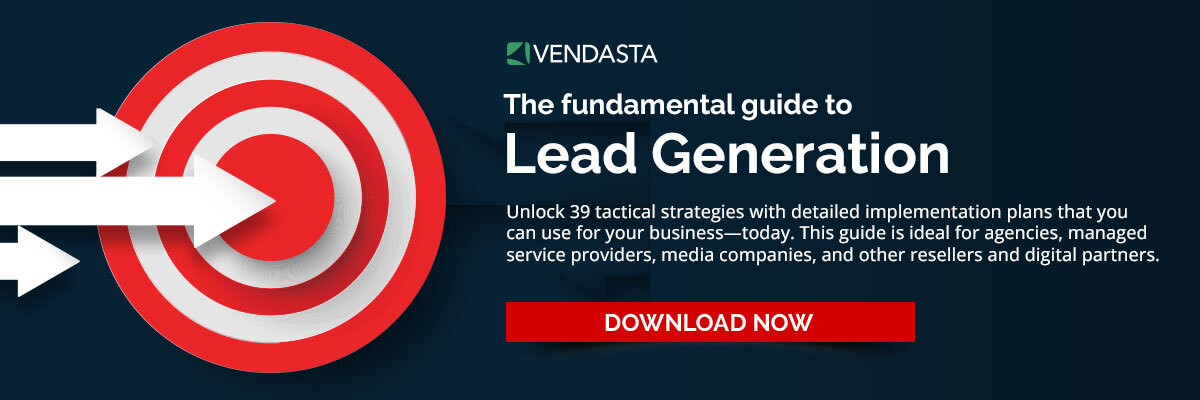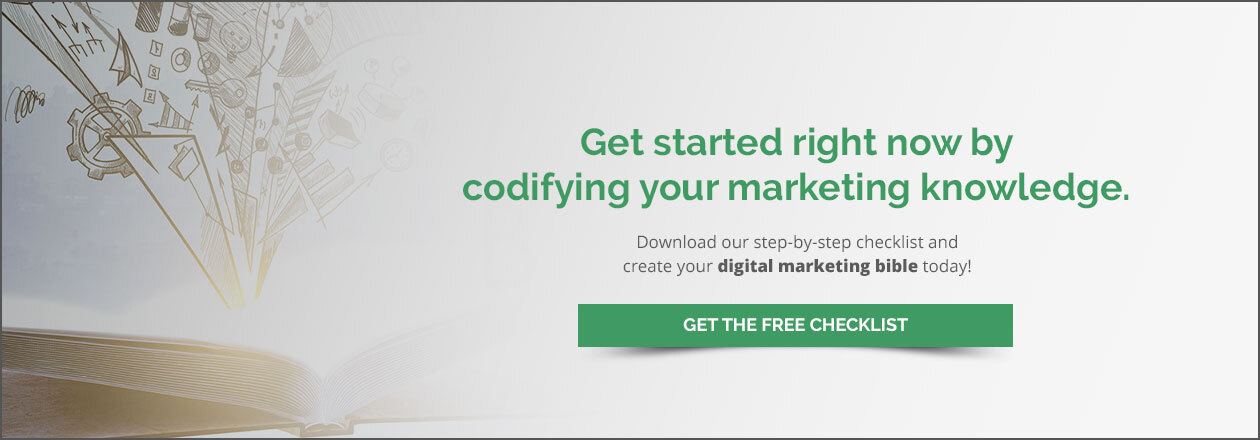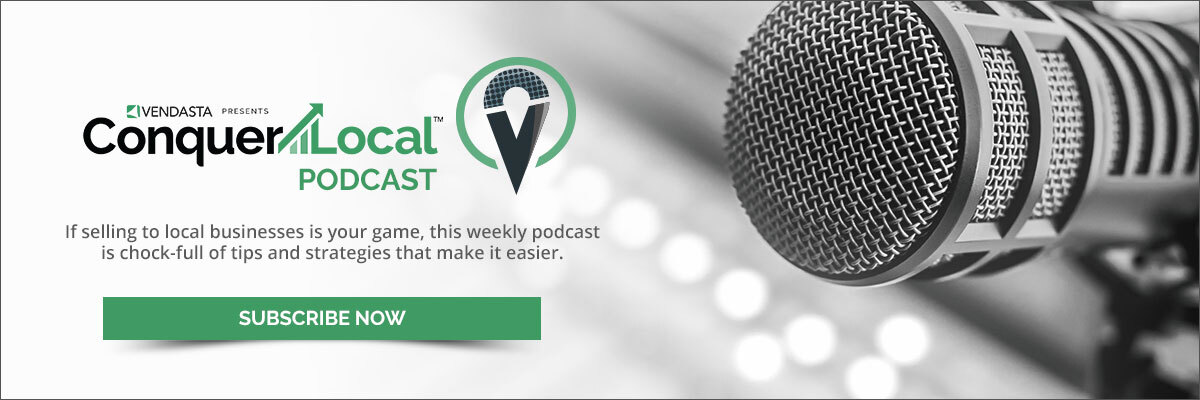Ecommerce PPC: Achieve Visibility and Increase Advertising ROI
Visibility is the key to increasing ecommerce sales. Search marketing tactics are a sure-fire way of increasing the visibility of a website and driving traffic to its ecommerce store. These tactics include both search engine optimization (SEO) and pay-per-click advertising (PPC). The quickest way to get eyeballs on a website or product is to employ PPC tactics. According to a compilation of statistics by Small Biz Genius, brand awareness can be increased by 80 percent through paid advertising on Google.
Ecommerce PPC is an online advertising strategy that promotes an ecommerce store through paid ads. The name is self-explanatory – an advertiser pays only when a potential customer clicks on the advertisement. Businesses use this strategy to get ads displayed on various websites, search engines, and social media platforms. A smart combination of paid search and paid social advertising is always a good way to increase advertising ROI and gain website traffic.
Instead of boosting online store visibility to everyone under the sun, PPC in ecommerce allows businesses to specifically target audiences fitting their buyer persona. This is done through keywords that are likely to match search queries or by creating a potential buyer profile. It helps because a highly specific audience will be more likely to make a purchase.
Paid search/display advertising
Bing
Bing ads should be used simultaneously with Google ads. They function similarly, offering both search and display ads. Although Google clearly has the majority market share in search, Bing shouldn’t be completely discounted. According to Instapage, Bing has 34 percent of the desktop search engine market share worldwide. Advertisers can benefit from using Bing ads because anything that shows up on Bing will also display on Yahoo and AOL as all three brands are owned by Microsoft. That means three search engines for the price of one.
Google Adwords
Google doesn’t post ads at the top of the search results based on the amount spent. Instead, importance is placed on the relevance and quality of the ads. Paid search focuses mainly on keyword usage to reach the targeted audience.
Search ads: These appear at the top of the search results on page one of Google with a little label marking them as ads. When we search “hiking boots”, the ad for the Salomon brand (below) appears at the top of the search results. Bing separates the paid ads by bolding the print. Search ads will only show up for someone who is already searching for an item. When we search “hiking boots”, the ad for the Salomon brand (below) appears at the top of the search results.

This placement allows a brand to be at the top of the search engine results pages without going through the long process of organic SEO.
Dynamic ads: These advertisements appear as a banner and are a template. They adapt the content to best suit the user being targeted based on the user data. For example, if you were recently searching for a new pack for an upcoming hike, you would start seeing these dynamic ads as you do any search and for a time afterward.
Display ads: These ads appear as banners on websites, in social media feeds as ‘sponsored,’ and even in emails with a small indicator. They are ideal for products that have visual appeal.
Ecommerce shopping ads: These ads pop up at the top of search results when someone searches for something in a generic category such as lightweight backpacking tents.

Paid social advertising
Paid social ads allow for very specific targeting of an audience on social media platforms such as Facebook, LinkedIn, YouTube, Instagram, etc. From demographics to specific interest areas, advertisers can target very niche audiences with these ads.
Facebook Ads
Using Facebook ads Manager, a business can create PPC photos, videos, or carousel ads. The profiles created on this platform can be saved and reused for different ads targeting the same audience. According to Falcon.IO, Facebook has the lowest cost per click at $0.97 next to Twitter, which has a CPC of $0.38.
Here it is important to pay attention to hashtag performance. By choosing appropriate hashtags, advertisers can reach a wider audience with relevant content. Picture and video ads both work here, but a video has a tendency to perform better. With over one billion monthly active users, Instagram is an excellent place for ecommerce PPC advertising.
Similar to Facebook, potential customer profiles are set up using a number of parameters, including demographics and behavioral tendencies. PPC ads on LinkedIn include the options of the photo, video, carousel, and conversation ads. The latter shows up in the direct messages of targeted users with a semi-personalized message.
YouTube
Video ads play before, during, or after Youtube’s partner videos. They always play for 5 seconds before the viewer has a chance to “skip.” The advertiser has to pay for the ad only if a viewer watches it beyond the 5 seconds.
How to improve ad profitability with ecommerce PPC
Paid advertising can get expensive, but there are a number of ways to reduce the cost-per-click in paid search. These methods include the following tools and tactics.
Testing: A/B testing, also called split testing, is the number one tactic in ensuring that an ad campaign does well. This is done simply by testing one specific element of an ad, whether it’s a different image, a different headline, or a different call to action. All other elements of the ad will stay the same and then you can see which version of the ad performs best. At that point, you can take down the lower-performing ad versions, and pay more attention to the one that performs best.
Also Read: What is Split Testing and How Can it Help Your Campaigns?
Keywords: Tools like Google Ads, Ahrefs, or Semrush can be used to determine the CPC of keywords. These tools have the functionality to help users understand which keywords will have a higher CPC and how difficult it will be to rank for the chosen words. Because of the Google algorithm, ads should include both short and long-tail keywords. Long-tail keywords are more similar to phrases and are in line with how people search.
As you become familiar with one or both of these tools, you will be able to quickly discover keywords that will have a lower CPC. Pro-tip: Ensure the search volume is still high because even if the CPC is low you won’t reach people if the search volume is low.
Timing: Consider the time when your targeted audience is most likely to be online – the days of the week, as well as the time of day traffic, is highest – on the mediums and platforms you are targeting for your ads. You will want to bid for times that line up with the intended audience, otherwise, you could end up advertising backpacking sleeping bags to an advanced-age demographic. The likelihood of someone being over 65 and sleeping on the ground in a sac is quite low! Naturally, the number of purchases will be low if the ad timing is off.
Devices: Understand the type of device that is most likely used to search for your business's offerings. According to Statistica, mobile devices (excluding tablets) were used in 54.8 percent of searches during the first quarter of 2021. Optimizing ads for both mobile and desktop use is a practice worth following. Small Biz Genius acknowledges that 53 percent of paid clicks are made on mobile devices.
Headlines: Boost click-through rates (CTR) with a tantalizing headline. There are tools to test subject lines such as Automizy and Subject Line that score headlines and give suggestions to improve them. A/B tests are an excellent practice, but make use of other available tools before spending the money.
Landing pages: Once someone has clicked on the headline, they need to be directed to the correct landing page. This is a great reason to optimize the page for intuitive use. Many users who find a website through paid ads are not usually familiar with it.
The variety of available options can make it look difficult to know where to spend your advertising budget. The best way to understand what works for certain verticals is to employ the above tactics and begin with a variety of platforms and ad types. Over time you will be able to narrow down what works best for the verticals you work with, get ROI on the money spent, and even become a PPC expert in your field.




